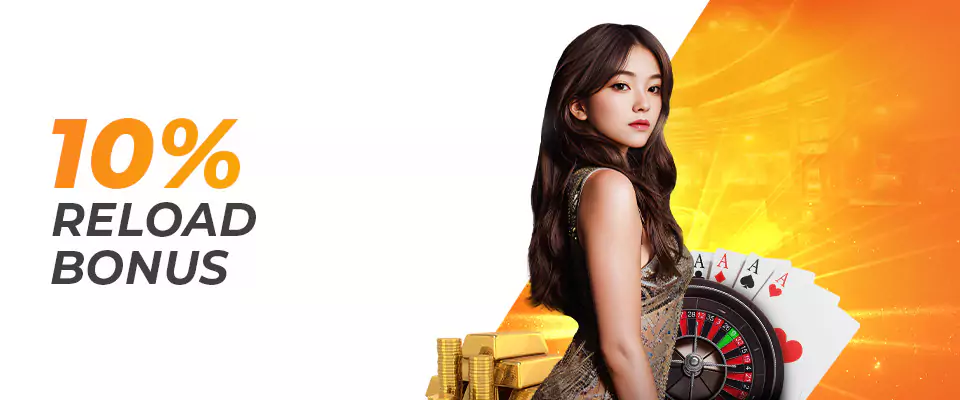Using BP9 Singapore’s Reward Points as Secondary Bankroll Value
Reward systems on BP9 Singapore often go underutilized because many players view points as a casual bonus rather than a measurable bankroll extension. For professionals, however, reward points represent secondary bankroll value that can support session longevity, hedge variance, or even fund high-risk plays without touching the primary bankroll. Treating these points as real capital changes how you plan sessions and calculate long-term return.
Why Reward Points Should Be Viewed as Bankroll
Reward points are earned through consistent play, not isolated wins. This makes them predictable in accumulation, which is crucial for structured bankroll planning. While points may not carry the same liquidity as cash, they act as deferred value—redeemable for credits, bonuses, or buy-ins. By integrating them into bankroll calculations, players unlock resources that can sustain play during lean periods.
Core Principles of Reward Point Bankroll Management
1. Track Points as Equity
Instead of leaving points unmonitored, record them alongside your cash bankroll. This creates a clearer picture of your total value and prevents underestimating resources.
2. Time Redemptions Strategically
Redeeming too early for small bonuses dilutes value. Waiting until points reach thresholds tied to tournament entries, reload bonuses, or free play packages creates higher equity per point.
3. Separate Risk Layers
Reward points should be treated as a secondary risk layer. Use your cash bankroll for controlled play, while deploying redeemed rewards on higher-variance bets or tournaments where risk of loss is acceptable.
Practical Applications
Hedging Against Variance
If you hit a downswing, redeemed points can sustain session flow without further cash outlay. This cushions variance and reduces emotional pressure during losing streaks.
Funding Aggressive Plays
Reward-based bankroll allows you to attempt higher-stakes or progressive bets without compromising your primary bankroll safety. These “free rolls” can generate outsized returns with minimal downside.
Tournament Entry Value
Many BP9 Singapore events allow reward points to offset entry fees. Converting points into entry equity saves cash while keeping you active in competitive formats.
Advanced Strategies
Align Point Accumulation With Promotions
Focus play on games and time windows where point multipliers apply. This accelerates point accumulation and increases the secondary bankroll’s growth rate.
Compound Value Through Bonus Stacking
Redeem reward points for bonuses that themselves generate wagering opportunities. This creates a compounding effect, where points translate into bonuses, which then generate further loyalty earnings.
Rotate Between Cash and Points
Use reward redemptions during recovery sessions after heavy cash play. This rotation maintains psychological balance, as losses feel less punitive when offset by secondary bankroll resources.
Common Pitfalls to Avoid
-
Treating points as casual extras rather than strategic assets
-
Redeeming too early for small, low-value rewards
-
Ignoring the long-term growth potential of compounding redemptions
-
Using points recklessly without aligning them to session goals
BP9 Singapore’s reward points are more than loyalty perks—they are a secondary bankroll system waiting to be optimized. By tracking points as equity, timing redemptions strategically, and using them to hedge variance or fund aggressive plays, professional players turn a passive system into a powerful tool for sustainable long-term growth.








